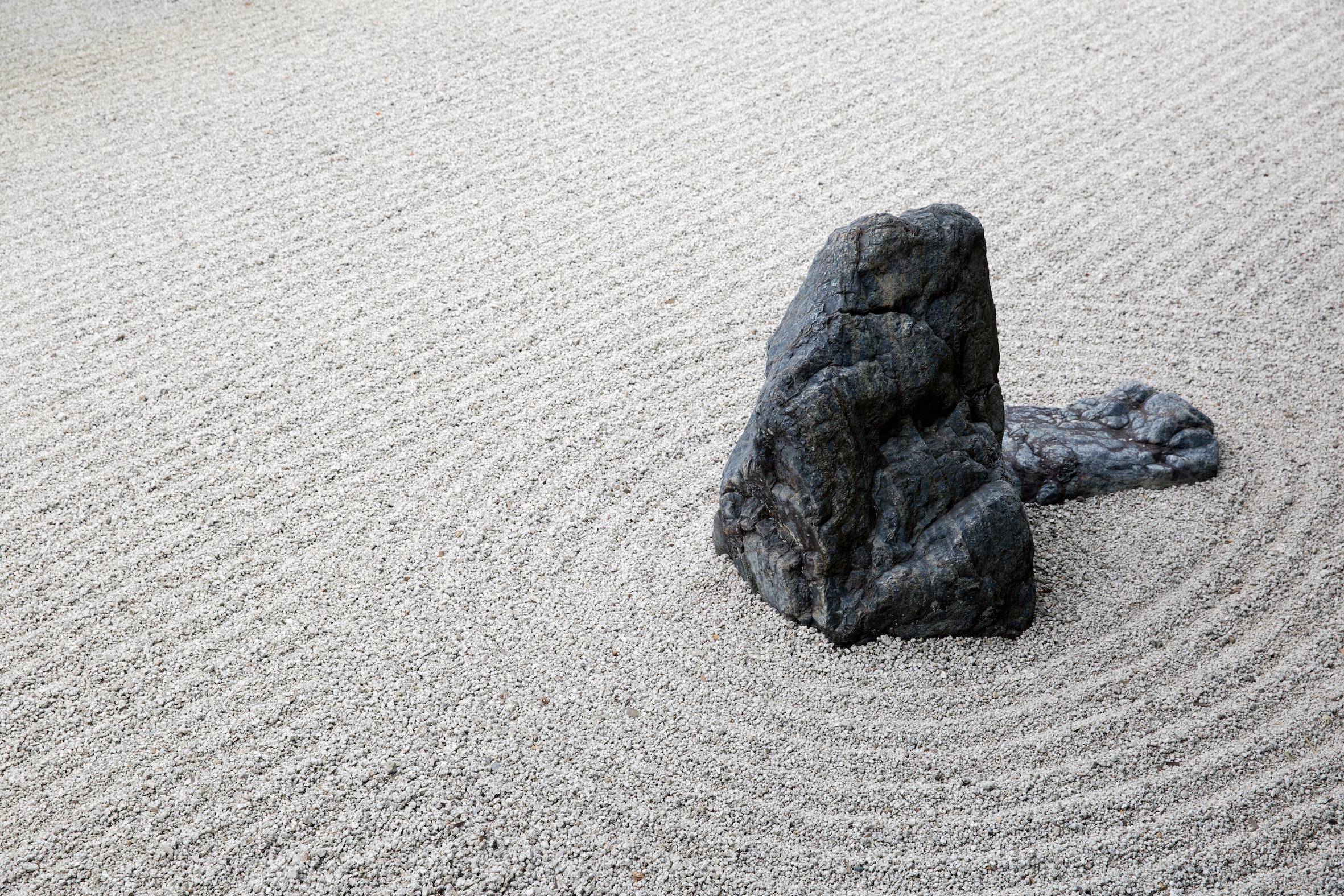I often wonder what people mean when they talk about the “English garden.” From the private estates of the gentry to the pleasure pavilions of 18th-century London, open to all and sundry, the serpentine path down the quintessential English garden is a long one, passing rock grottoes, espaliered trees, manicured lawns and herbaceous borders, spilling into green pastures and meads. For others, it suggests the exacting geometry of a Jacobian knot garden, maze of trimmed box hedge, gravel parterres or just a simple Victorian rose garden.
The thread that connects all these visions of the English garden is that they are places of repose and beauty. Mention of the topic is unlikely to conjure images of the late filmmaker Derek Jarman’s garden in Dungeness, stricken among rental allotments on the withering salt flats and shingle of the Thames Estuary. Jarman’s choice of recycled or requisitioned objects for his creation were locally sourced and included flint, driftwood, shells, rusty tools and mooring chains, the horticultural elements featuring cactus, gorse, elder, hawksbeard and blackthorn. The garden’s borrowed views were lines of electric pylons and a nuclear power station.
A similar diversity of forms, ranging from landscapes created according to the strict directives of ancient garden manuals to modern, iconoclastic designs, is reflected in the Japanese garden. In the search for its origins, we have to return to a world of pre-Shinto forest glades.

















With your current subscription plan you can comment on stories. However, before writing your first comment, please create a display name in the Profile section of your subscriber account page.